- Anti Cancer
- Altus Product's
- Pharmaceutical Products
- Anti Fungal
- Hepatitis
- Beauty & Skin Care
- Asthma
- Modafinil
- Urology Segment
- Thyroid Care
- Armodafinil
- HIV Medicines
- Weight Loss
- Naltrexone
- Anti Emetic
- Neuropathic Pain
- Mens Health
- Hair Loss
- Pain Relief
- HCG Injections
- Quit Smoking
- Pharmaceutical Vaccine
- Best Selling Products
- Anti Viral
- Bimatoprost
- Antibiotics
- Women's Health
- Cetaphil
- Botulinum
- Diabetes
- Human Albumin
- Anti Malarial
- Dermal fillers
- Chemical Peels
- Nephrology Segment
- Kidney / Liver Care
- Anti-Cancer
- Armodafinil
- Bimatoprost
- Botulinum
- Dermal Fillers
- Hepatitis
- Mens-health
- Modafinil
- Naltrexone
- ANTI EMETIC
- Altus Product’s
- Anti Fungal
- Anti Malarial
- Anti Viral
- Antibiotics
- Asthma
- Beauty & Skin Care
- Cetaphil
- Chemical Peels
- Diabetes
- Hair Loss
- HCG Injections
- HIV Medicines
- Human Albumin
- Kidney / Liver Care
- Neuropathic Pain
- Pain Relief
- Pharmaceutical Products
- Pharmaceutical Vaccine
- Quit Smoking
- Thyroid Care
- Weight Loss
- Women’s Health
- Anti Cancer
- Altus Product's
- Pharmaceutical Products
- Anti Fungal
- Hepatitis
- Beauty & Skin Care
- Asthma
- Modafinil
- Urology Segment
- Thyroid Care
- Armodafinil
- HIV Medicines
- Weight Loss
- Naltrexone
- Anti Emetic
- Neuropathic Pain
- Mens Health
- Hair Loss
- Pain Relief
- HCG Injections
- Quit Smoking
- Pharmaceutical Vaccine
- Best Selling Products
- Anti Viral
- Bimatoprost
- Antibiotics
- Women's Health
- Cetaphil
- Botulinum
- Diabetes
- Human Albumin
- Anti Malarial
- Dermal fillers
- Chemical Peels
- Nephrology Segment
- Kidney / Liver Care
No products in the cart.
Return To Shop$37.18 – $82.05Price range: $37.18 through $82.05
Glycomet-GP 1 Tablet (Glimepiride 1mg / Metformin 500mg)
Glycomet-GP 1 Tablet PR belongs to a category of medicines known as anti-diabetic drugs. It is a combination of two medicines used to treat type 2 diabetes mellitus in adults. It helps control blood sugar levels in people with diabetes.
Have questions?
Call : +91 9002 1002 33
Glycomet-GP 1 Tablet (Glimepiride 1mg / Metformin 500mg)
| COUNTRY OF ORIGIN | India |
|---|---|
| DOSAGE FORM | Tablets |
| EQUIVALENT BRAND | Glycomet GP |
| GENERIC NAME | Metformin / Glimepiride |
| INDICATION | Type 2 diabetes |
| MANUFACTURER | USV Pvt Ltd |
| PACKAGING | 15 tablets in 1 strip |
| COMPOSITION | Metformin (500mg) + Glimepiride (1mg) |
| PACK SIZE | 60 Tablet/s, 90 Tablet/s, 120Tablet/s, 150Tablet/s, 210Tablet/s |
PRODUCT INTRODUCTION
Glycomet-GP 1 Tablet PR belongs to a category of medicines known as anti-diabetic drugs. It is a combination of two medicines used to treat type 2 diabetes mellitus in adults. It helps control blood sugar levels in people with diabetes.
Glycomet-GP 1 Tablet PR should be taken with food. Take it regularly at the same time each day to get the most benefit. Your doctor will decide what dose is best for you and this may change from time to time according to how it is working according to your blood sugar levels.
Keep taking this medicine, even if you feel well or your blood sugar levels are controlled. If you stop it without consulting your doctor, your blood sugar levels could rise and put you at risk of kidney damage, blindness, nerve problems, and loss of limbs. Remember that it is only part of a treatment program that should also include a healthy diet, regular exercise, and weight reduction as advised by your doctor. Your lifestyle plays a big part in controlling diabetes.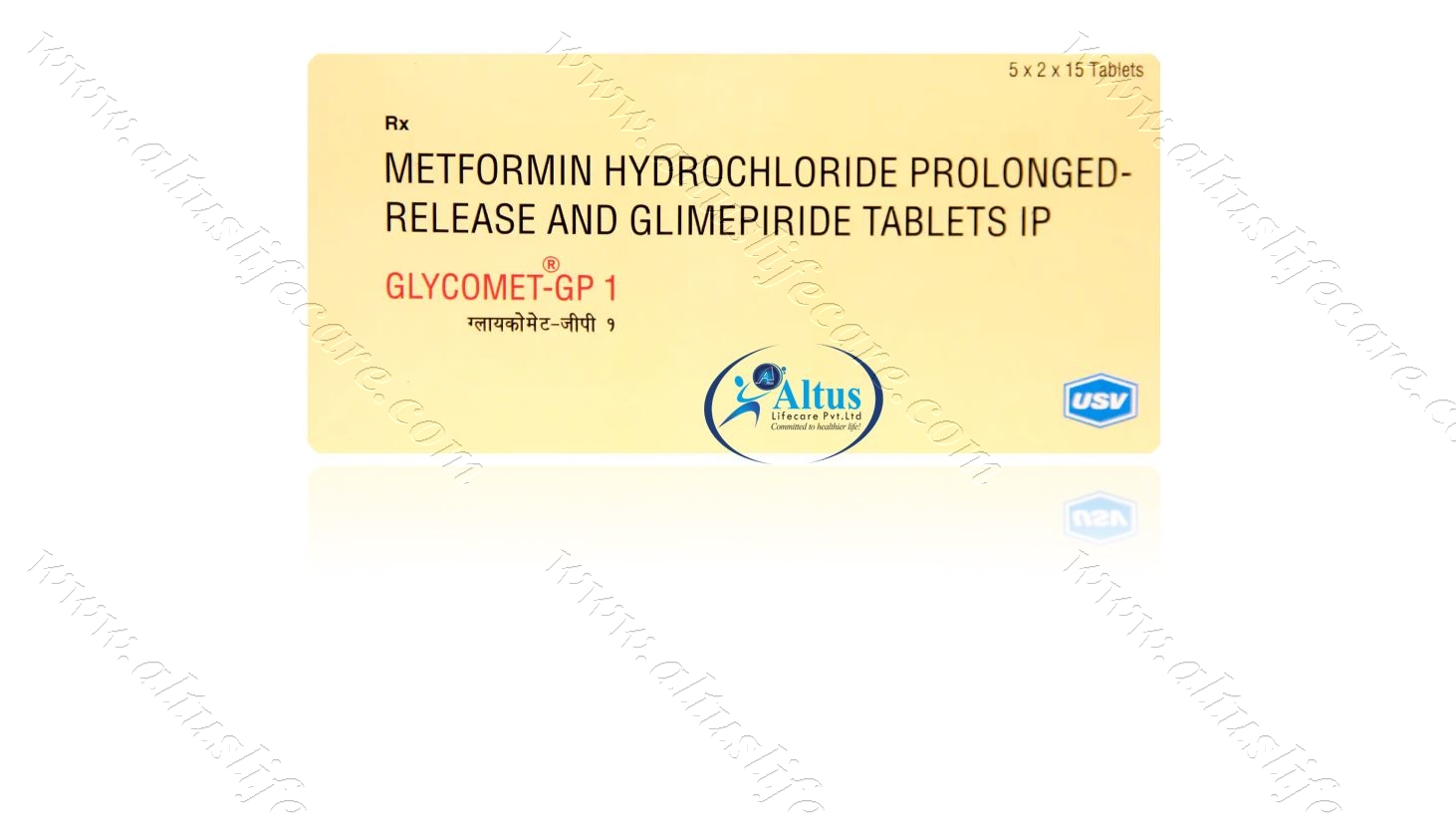
The most common side effect of Glycomet-GP 1 Tablet PR is low blood glucose levels (hypoglycemia). Make sure you recognize the signs of having low blood glucose levels, such as sweating, dizziness, headache, and shaking, and know how to deal with it. To prevent this, it’s important to have regular meals and always carry a fast-acting source of glucose such as sugary food or fruit juice with you. Drinking alcohol can also increase your risk of low blood sugar levels and should be avoided. Other side effects that may be seen on taking this medicine include taste changes, nausea, diarrhea, stomach pain, headache, and upper respiratory tract infection. Some people may find that they put on weight with this medicine.
You should not take it if you have type 1 diabetes mellitus, if you have diabetic ketoacidosis (high levels of acid in your blood), or if you have severe kidney or liver disease. Before taking this medicine, tell your doctor if you have ever had heart disease. It may not be suitable. Pregnant or breastfeeding women should also consult their doctor before taking it. Your blood sugar levels should be checked regularly and your doctor may also advise blood tests to monitor your blood cell counts and liver function.
“Micro-Dosing for Macro-Control: Unlocking the Benefits of Glimepiride 1mg and Metformin 500mg in Diabetes Management”
In this context, the focus is on the potential advantages of the lower doses of Glimepiride (1mg) and Metformin (500mg) for achieving effective diabetes control. The explanation would delve into how these micro-doses contribute to macro-level impacts on blood sugar levels, emphasizing the importance of precision and careful management in diabetes care.
“Harmony in Low-Dosage Symphony: Navigating Glimepiride 1mg and Metformin 500mg for Gentle Glycemic Control”
Here, the discussion centers on the balanced and gentle approach of utilizing Glimepiride at 1mg and Metformin at 500mg for glycemic control. The explanation would explore how these lower dosages provide effective blood sugar management with reduced risk of side effects, creating a harmonious symphony in diabetes care that prioritizes balance and well-being.
Glimepiride 1mg / Metformin 500mg Glimepiride 1mg / Metformin 500mg
Striking a Balance: Holistic Approaches with Glimepiride Metformin
Explore holistic approaches to diabetes care, emphasizing the importance of balance in treatment regimens. Understand how integrating glimepiride and metformin fits into a comprehensive strategy that considers lifestyle, diet, and overall well-being.
Signs and Symptoms of Type 2 Diabetes Mellitus: Recognizing Initial Metabolic Unrest
Investigate the early signs of metabolic unrest linked to Type 2 Diabetes Mellitus. Understand how recognizing these initial disturbances in metabolic function is crucial for proactive health measures and preventing the progression of diabetes.
Diabetes Mellitus Medications: Medication Choices for Improved Wellness
Explore a spectrum of medication choices designed to enhance wellness in diabetes management. This comprehensive guide empowers individuals to make informed decisions about medications that positively impact overall well-being.
Guiding Principles: Drug for Diabetes Mellitus Type 2 Chronicles
Unveiling the guiding principles embedded in the drug’s approach to Diabetes Mellitus Type 2, this exploration discusses the foundational elements that contribute to its effectiveness in guiding patients toward better health.
“Meds for Diabetes Mellitus Type 2: Medication Choices for Better Diabetes Control”
Explore the spectrum of medication choices designed to facilitate better control over Type 2 Diabetes. This guide provides insights into selecting medications that are specifically geared towards optimizing blood sugar levels, ultimately contributing to improved diabetes control and overall health.
Medications for Diabetes Mellitus Type 2: Addressing Medication Myths and Misconceptions
Myths and misconceptions surround diabetes medications. Explore this blog as we debunk common myths, providing accurate information and dispelling misconceptions about the safety, efficacy, and use of medications in managing type 2 diabetes.
Nutritional Ketosis as a Therapeutic Approach in Treatment of Type 2 Diabetes Mellitus
Investigating dietary strategies, this section explores nutritional ketosis as a therapeutic approach in the treatment of Type 2 Diabetes Mellitus. By examining the metabolic effects of a ketogenic diet, the discussion aims to provide insights into its potential role in diabetes management.
DM Type 2 Medications: A Comprehensive Guide to Medication Mastery
Provide a comprehensive guide to mastering medications in the context of Type 2 Diabetes. Offer detailed insights into dosage, timing, and lifestyle adjustments for effective and comprehensive diabetes management.
USES OF GLYCOMET-GP TABLET PR
- Treatment of Type 2 diabetes mellitus
BENEFITS OF GLYCOMET-GP TABLET PR
In Treatment of Type 2 diabetes mellitus
Lowering blood glucose levels is an essential part of managing diabetes. If you can control the level you will reduce the risk of getting any of the serious complications of diabetes such as kidney damage, eye damage, nerve problems, and loss of limbs. Taking this medicine regularly along with proper diet and exercise will help you live a normal, healthy life.
SIDE EFFECTS OF GLYCOMET-GP TABLET PR
Common side effects of Glycomet-GP
- Hypoglycemia (low blood glucose level)
- Headache
- Nausea
- Diarrhea
- Flatulence
HOW TO USE GLYCOMET-GP TABLET PR
HOW GLYCOMET-GP TABLET PR WORKS
SAFETY ADVICE

Alcohol

Pregnancy

Breast feeding

Driving

Kidney
Use of Glycomet-GP 1 Tablet PR is, however, not recommended in patients with severe kidney disease. Regular monitoring of kidney function test is advisable while you are taking this medicine.

Liver
Glycomet-GP 1 Tablet PR is generally started with low dose in patients with mild to moderate liver disease and its use is not recommended in patients with severe liver disease.
WHAT IF YOU FORGET TO TAKE GLYCOMET-GP TABLET PR?
| Pack Size | 60 Tablet/s, 90 Tablet/s, 120 Tablet/s, 150 Tablet/s, 210 Tablet/s |
|---|
3 reviews for Glycomet-GP 1 Tablet (Glimepiride 1mg / Metformin 500mg)
Related products
Alphalan Tablets (Melphalan)
From: $74.03Decarb 500 Injection (Dacarbazine)
From: $171.43Velasof Tablet | Sofosbuvir | Velpatasvir
From: $179.49Alkeran 2mg Tablets (Melphalan 2mg)
From: $21.27Glioz 100mg Capsule Temozolomide
From: $148.57Armotraz Tablet (Anastrozole 1mg)
From: $97.40Myhep Lvir Tablet | Ledipasvir | Sofosbuvir
From: $176.92People also bought
-

Benoquin 40 Cream | Monobenzone 40%
From: $154.77 -
 From: $38.38
From: $38.38 -
 From: $40.05
From: $40.05 -

Aziderm 10% Cream 15gm | Azelaic Acid 10%
From: $39.26
Our Services
Shipping
Shipping at Discounted Price
Money Returns
Return Within 30 Days
Secure Payment
Safe & Secure Payment
Support 24/7
Contact 24 Hours Day
From: $43.59


From: $44.87
- Anti-Cancer
- Armodafinil
- Bimatoprost
- Botulinum
- Dermal Fillers
- Hepatitis
- Mens-health
- Modafinil
- Naltrexone
- ANTI EMETIC
- Altus Product’s
- Anti Fungal
- Anti Malarial
- Anti Viral
- Antibiotics
- Asthma
- Beauty & Skin Care
- Cetaphil
- Chemical Peels
- Diabetes
- Hair Loss
- HCG Injections
- HIV Medicines
- Human Albumin
- Kidney / Liver Care
- Neuropathic Pain
- Pain Relief
- Pharmaceutical Products
- Pharmaceutical Vaccine
- Quit Smoking
- Thyroid Care
- Weight Loss
- Women’s Health



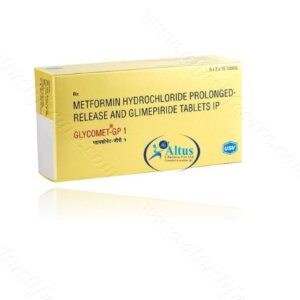
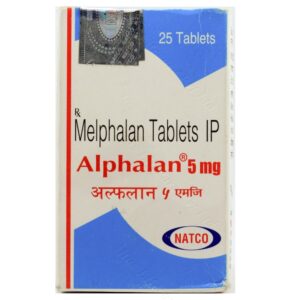
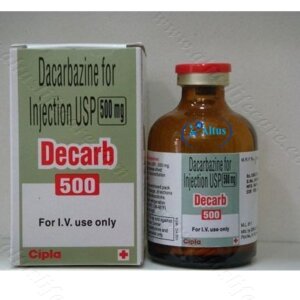
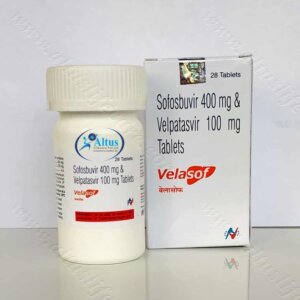

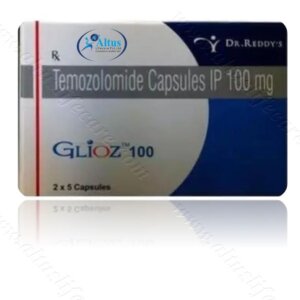
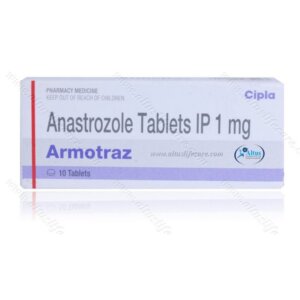
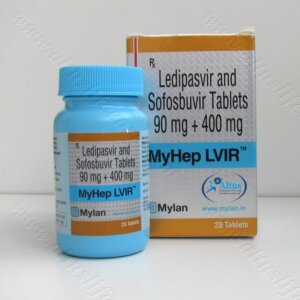


Louise (verified owner) –
“Premium product quality and lightning-fast shipping – a great experience!”
Gwen (verified owner) –
“I’m beyond impressed with the product quality. The item is beautifully crafted, and the packaging was done with utmost care. It arrived in perfect condition, thanks to the meticulous packaging.”
Michelle (verified owner) –
I’ve learned to navigate social situations with confidence, making mindful choices in managing type 2 diabetes.